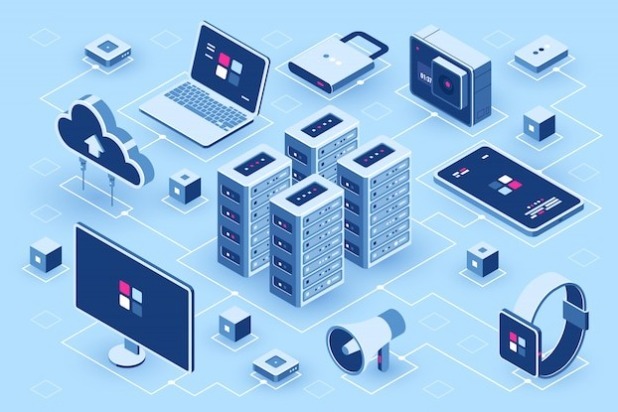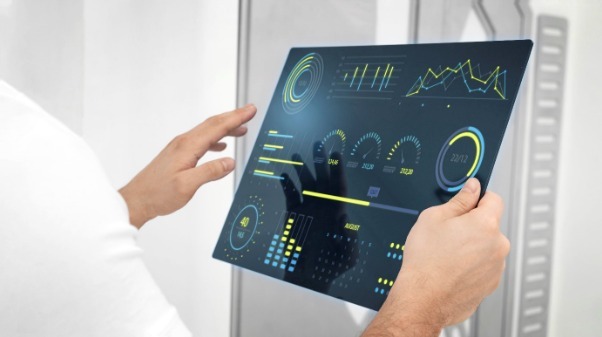Our eParking solar installers have the best IoT Integration Solutions

Leaving no stone unturned, our team of highly skilled professionals provide a complete service, consider efficiency, monitoring & control platforms with solutions offering features such as ticket management, job scheduling, quote generation, invoice creation, payment collection, customer feedback tools, and data dashboards for informed decision-making. From the outset, the customer is a vital part of the decision process to ensure that the product they want is the one that is delivered. Customer satisfaction is a priority, and we are here to assist you to invest in the right field service platform, streamline operations, save time, and enhance efficiency.
How EParking Solar meets the challenges of implementing IoT devices

1 Technical Expertise Necessary technical expertise. Required for implementing and managing complex IoT devices. 3 Compatibility and Integration Ensuring seamless integration with existing solar systems for optimal performance. 2 Data Security Addressing cybersecurity concerns to protect sensitive information and ensure total system security. 4 Scalability Choosing scalable IoT devices to accommodate business growth and changing operational needs. 5 Cost Considerations Assessing a realistic return on investment, considering initial set-up costs and ongoing maintenance expenses. We don’t like hidden costs, so we are completely open about how much our customers have to spend.
Why eParking Solar modular systems include IoT devices

1 Enhanced Monitoring and Control Accessing up-to-the-minute information on energy photovoltaic production, consumption, and system performance. Making informed decisions to improve efficiency and optimize operations for electrical vehicles charging systems 2 Improved efficiency Gathering and analyzing large volumes of data to identify specific areas for improvement. Increasing overall system efficiency by addressing performance changes and optimizing solar panel positioning. 3 Cost Savings Enabling predictive maintenance, reducing maintenance costs and minimizing equipment downtime. Optimizing energy usage in real-time, leading to reduced electricity bills and overall cost savings. 4 Remote Management Monitoring and managing operations remotely via appropriate platforms. Addressing issues promptly, minimizing downtime and maximizing energy production for OPEX management 5 Increased Sustainability Improving control over energy consumption, promoting efficient use of renewable energy sources. Contributing to environmental sustainability by minimizing energy waste.
Should you be enhancing Solar Business Efficiency with loT Devices?

The Challenges and the Solutions? With our eParking team we have extensive knowledge of managing a solar panel structure, so we know that it comes with its fair share of challenges, from maintaining the optimal performance of solar panels to navigating the complexities of efficient energy management. Manual inspection methods often cause delays in problem identification and resolution, consequently impacting energy production and maintenance costs. Additionally, the lack of real-time information on energy usage and efficiency hinders decision-making processes, making it challenging for managers to optimize operations for maximum energy output. To address these challenges, solar business owners can employ a number of IoT devices monitored and managed by a smart box which have been designed to enhance connectivity, automation, and data analysis within solar systems. There are five categories for those that are the most important to consider: 1 Solar Monitoring Systems Constantly monitoring energy production, efficiency, and potential failure in real-time. Providing valuable insights for quick issue resolution, optimizing energy generation, and reducing downtime. 2 Weather Sensors Gathering all-important data on temperature, humidity, wind speed, and solar irradiance. Improving energy production by adjusting output in line with prevailing environmental conditions. 3 Smart Inverters Converting DC from solar panels to AC, offering real-time monitoring of energy flow and system performance. Enabling greater control and visibility over energy generation and consumption. 4 Energy Storage Systems Utilizing IoT technology to store excess energy during peak production for subsequent use. Facilitating participation in demand response programs and surplus energy selling, increasing cost savings. 5 Predictive Maintenance Devices Anticipating and addressing potential issues in solar panels using IoT and machine learning. Keeping downtime to an absolute minimum, reducing maintenance costs, and extending the lifespan of solar systems.
